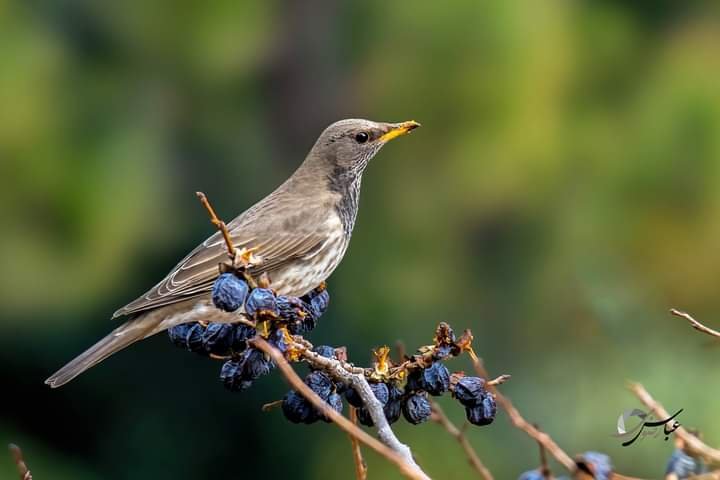
As you enter the National Park Islamabad you fall in love with the birds there.Friends, something like this happened to me. When I entered the National Park Islamabad, I was surrounded by very beautiful and lovely birds.The sounds of birds in the lush mountains were ringing in my ears۔Before I left,these voices had taken root in my heart۔I came from there but even today their voices are ringing in my ears.I thought I'd introduce some of them to you.I will put details of only few birds. Hopefully you will enjoy the photos.
This is Red billed Leiothrix.

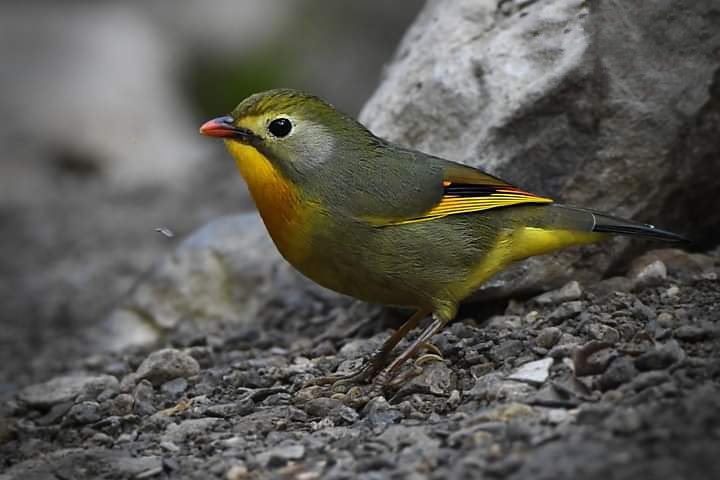
Rufous-bellied Niltava male.(Niltava sundara).
As in other niltavas, the male is brilliantly colored while the female is drab brown overall. Male bright blue with an orange belly; female is brown with a white throat strap and a small blue crescent on the neck.
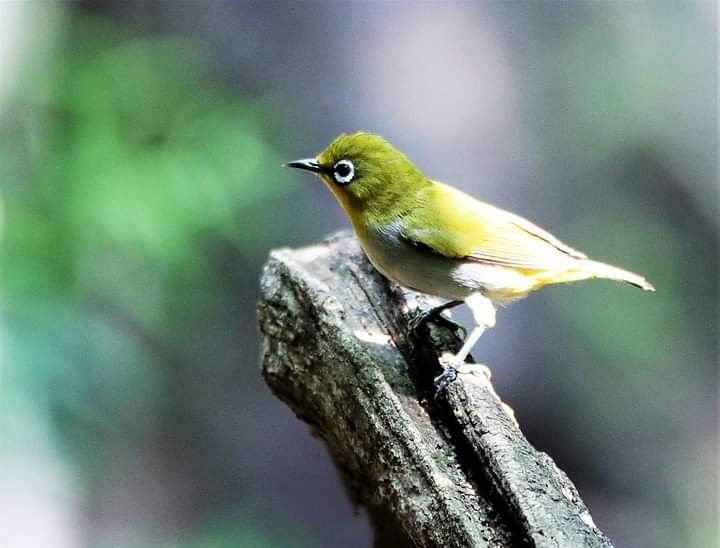
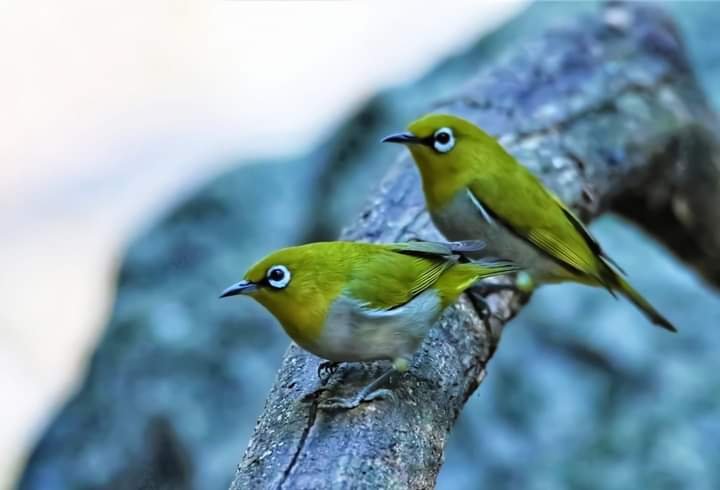
Black Bulbul. (Hypsipetes leucocephalus).
Canon EOS 7D Mark 11, Tamron 150-600 G2.
F 6.3, 1/320 sec, ISO 3200, 66 mm.
Medium-sized songbird with predominantly dark plumage, a very short crest, and crimson bill and legs. Long tail and bill impart an elongated appearance. Head color varies considerably across distribution, ranging from white to dark gray to black. Often travels in large flocks, which move noisily between fruiting trees. Most commonly found in broadleaf evergreen and mixed deciduous forests but also regularly visits gardens and lowland forests. Extremely noisy, with a huge repertoire, emitting various squeaks, meows, chatters, whistles, and more.
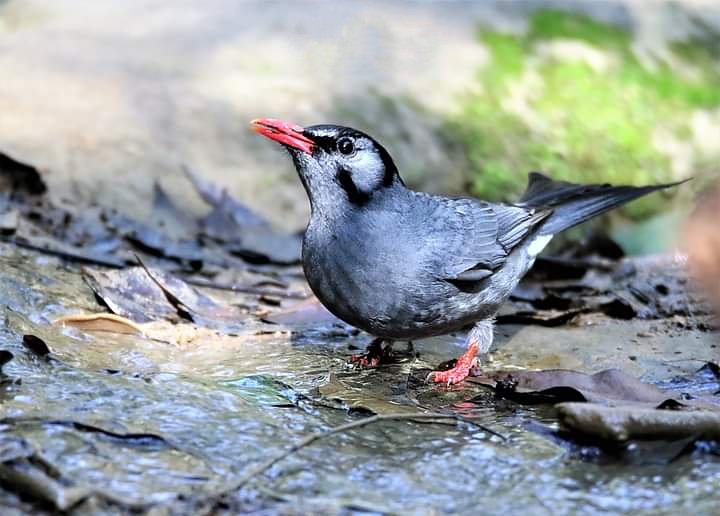
Rusty-cheeked scimitar babbler. (Erythrogenys erythrogenys).
A large brown babbler of scrubby edges, second growth, and open forest in hilly and montane regions. Seen in groups of up to a dozen during the non-breeding season, but pairs off in the spring and summer. Gray-brown from the crown down to the tail, ochre-colored on the face and flanks, and white on the throat, breast, and belly. Lacks any strong streaking or spotting. Like other scimitar-babblers, frequently duets, giving clear, gulping phrases, often with a liquid quality. Also gives harsh, aggressive chattering typical of the genus.

Verditer flycatcher.(Eumyias thalassinus).
Beautifully vivid turquoise-blue flycatcher. Adult male has dark lores. Juvenile is duller, with noticeably grayer underparts. Sits upright on exposed perches. Found in lowland and hill forests and forest edges. Song is high and undulating phrase of burry or trilled notes. Most common call is a strident “wheet!”
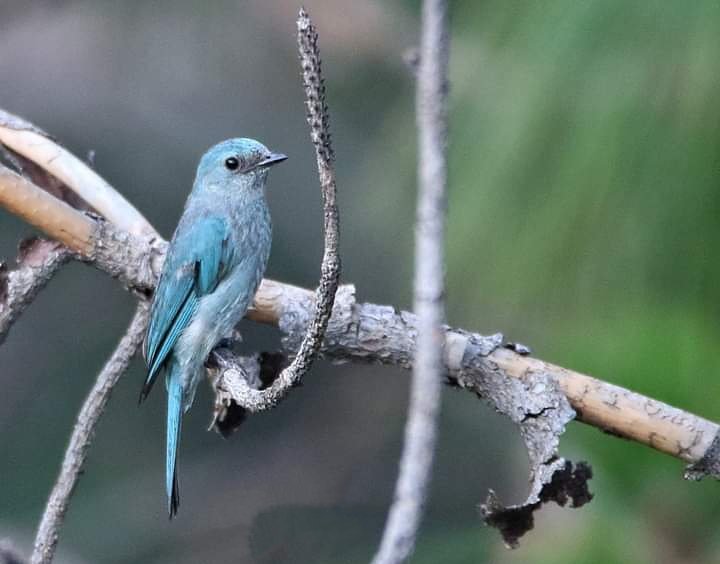
Khlji Pheasant


Blue Whistling Thrush
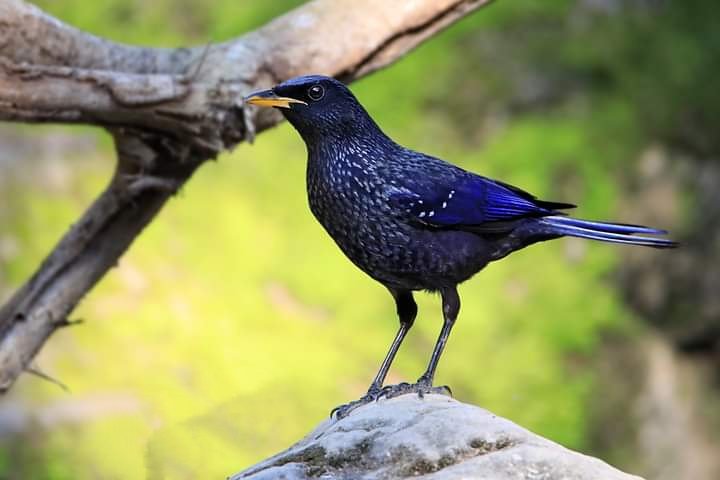
Now it's turn to show some stars;



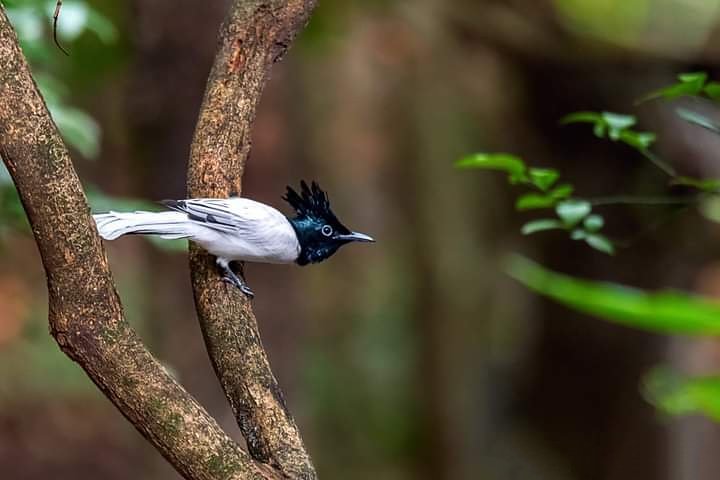
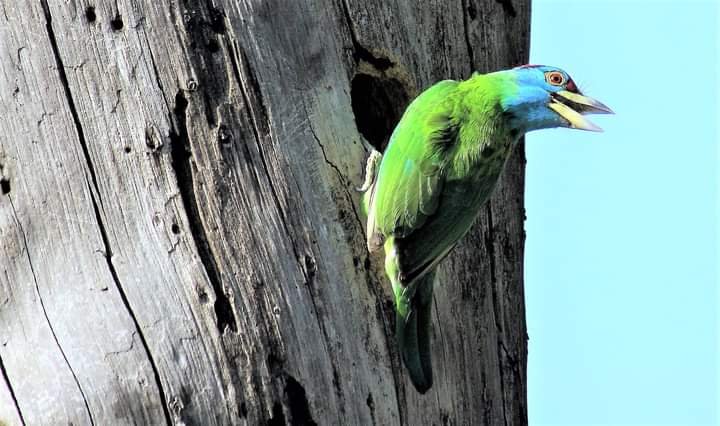

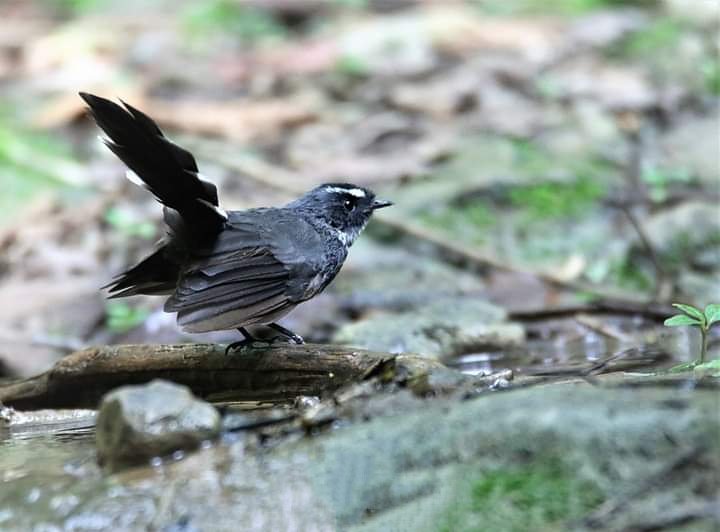
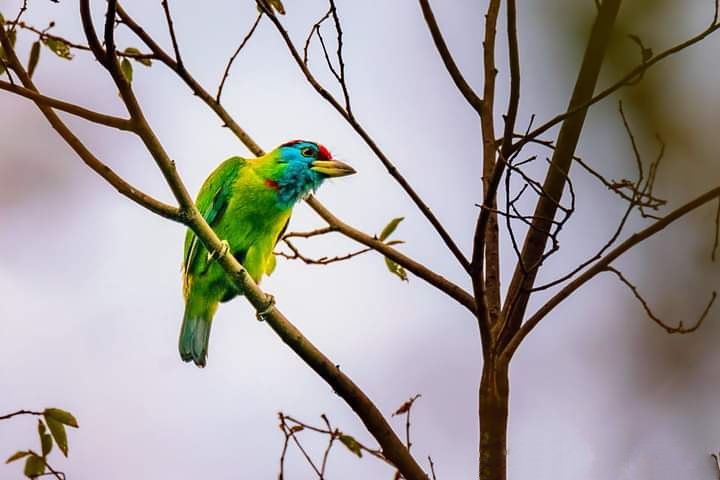
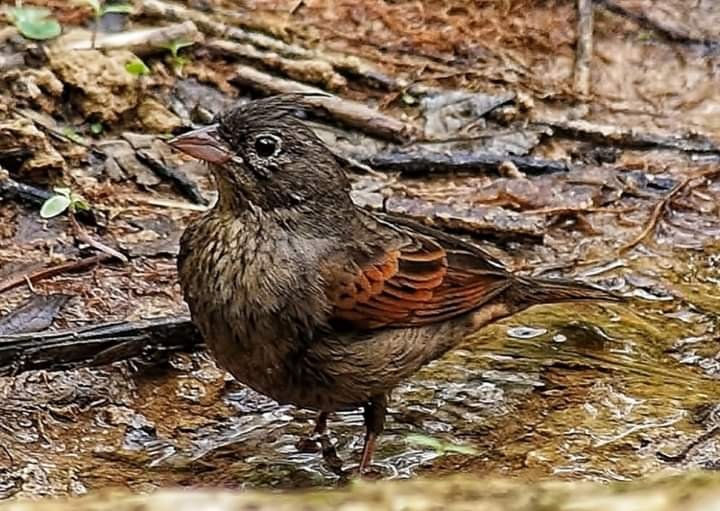

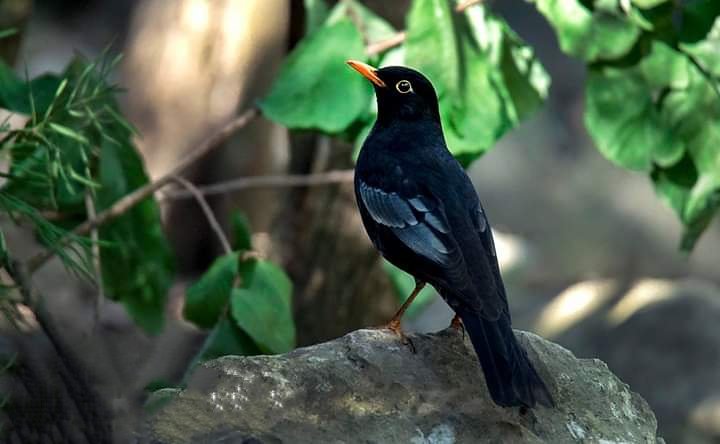
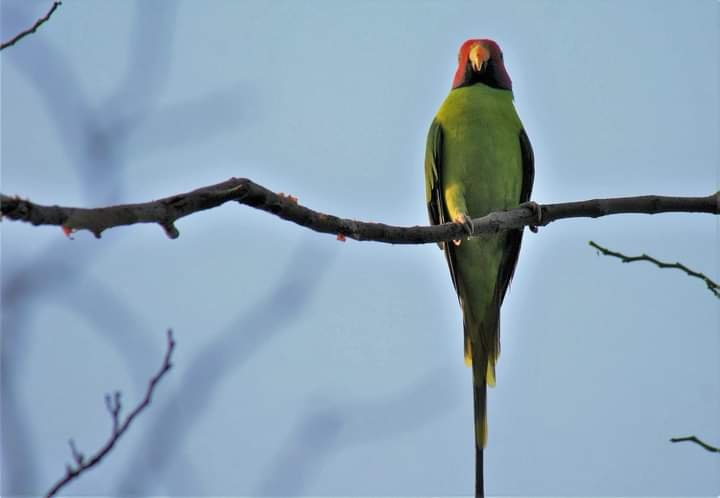

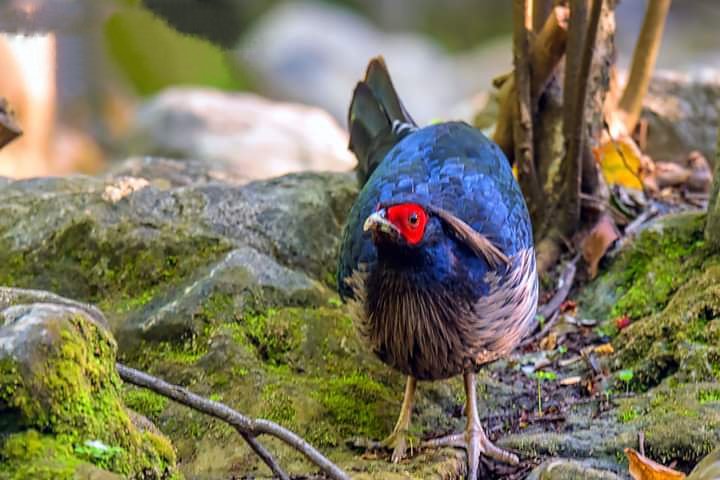
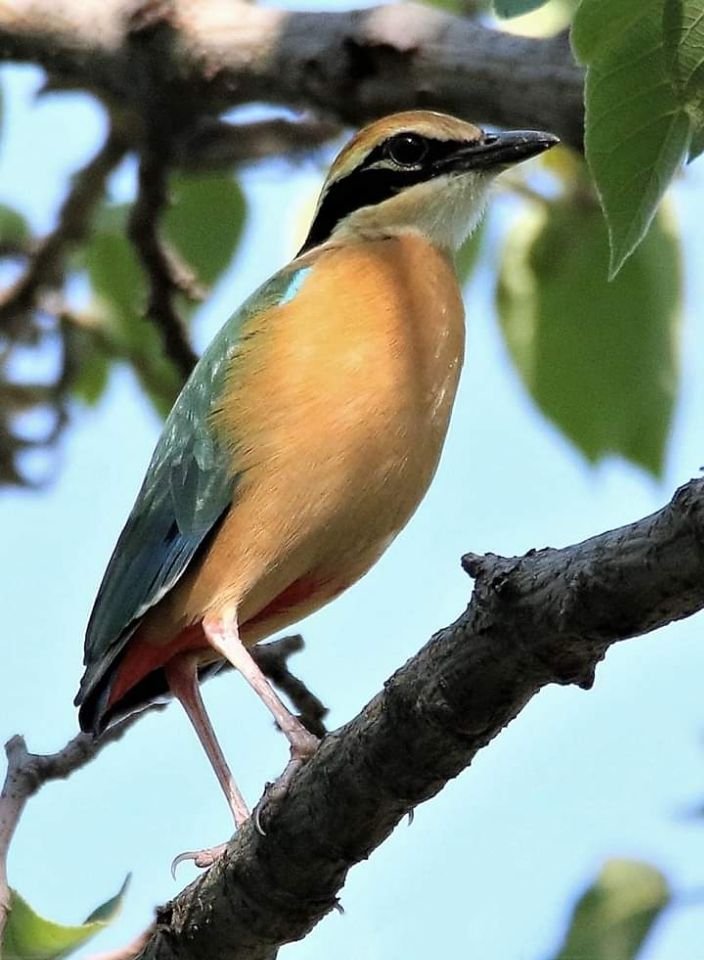
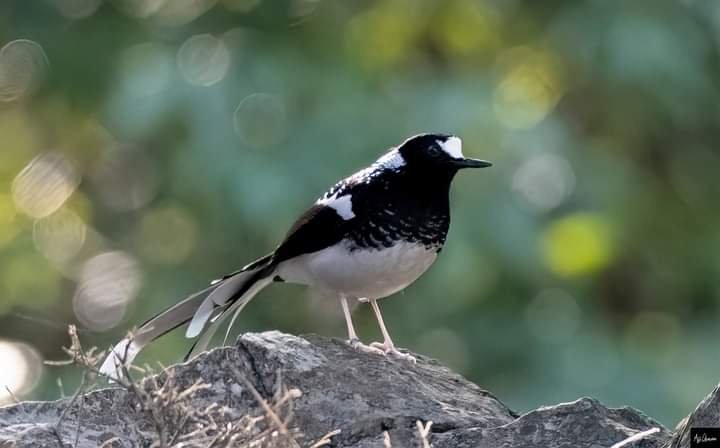
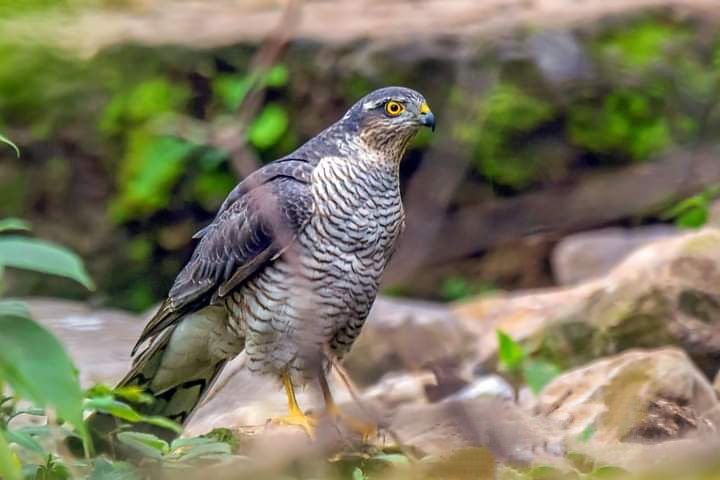
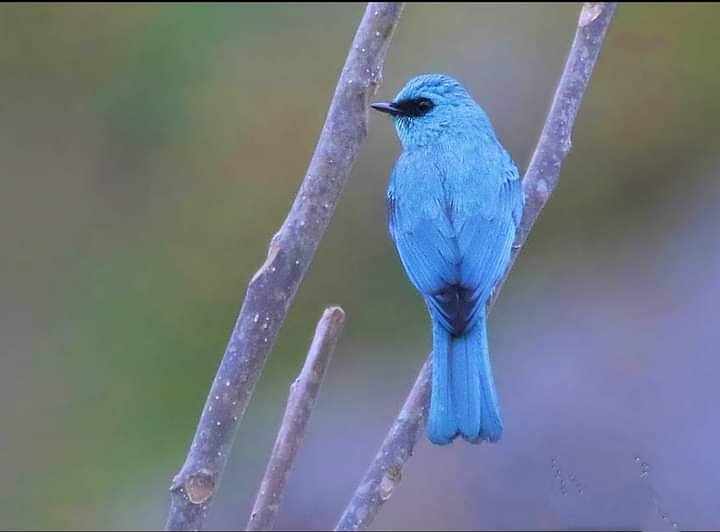
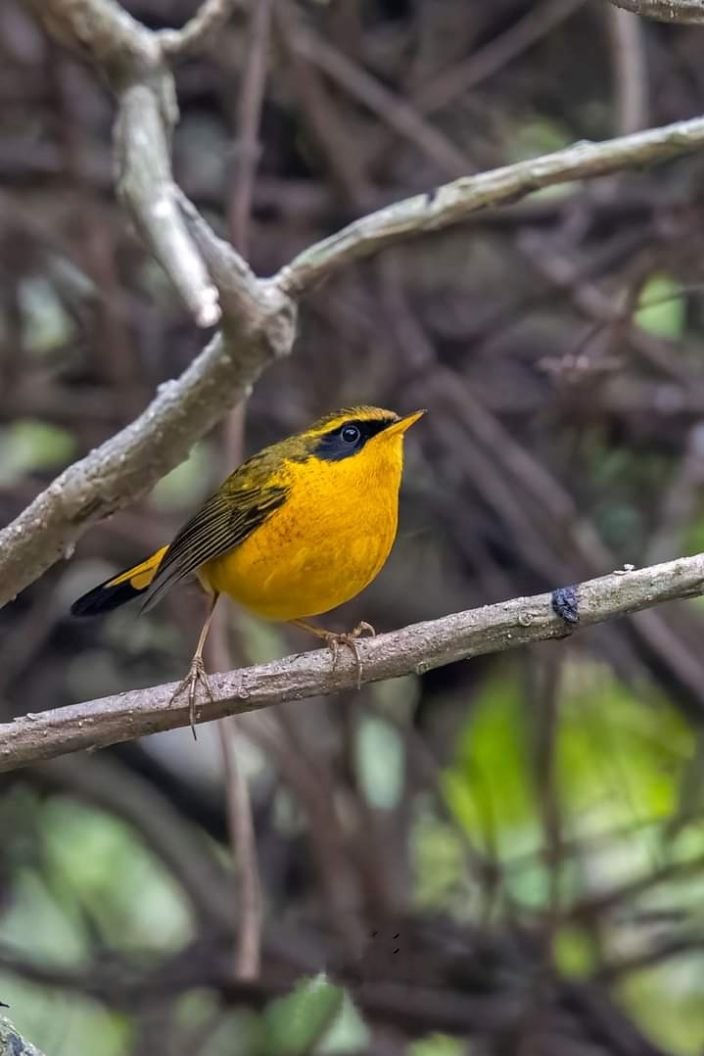
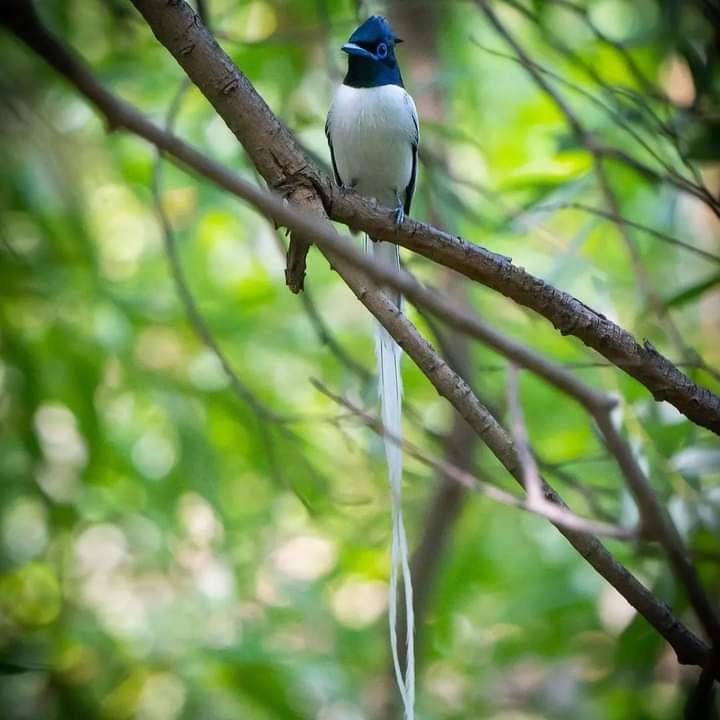
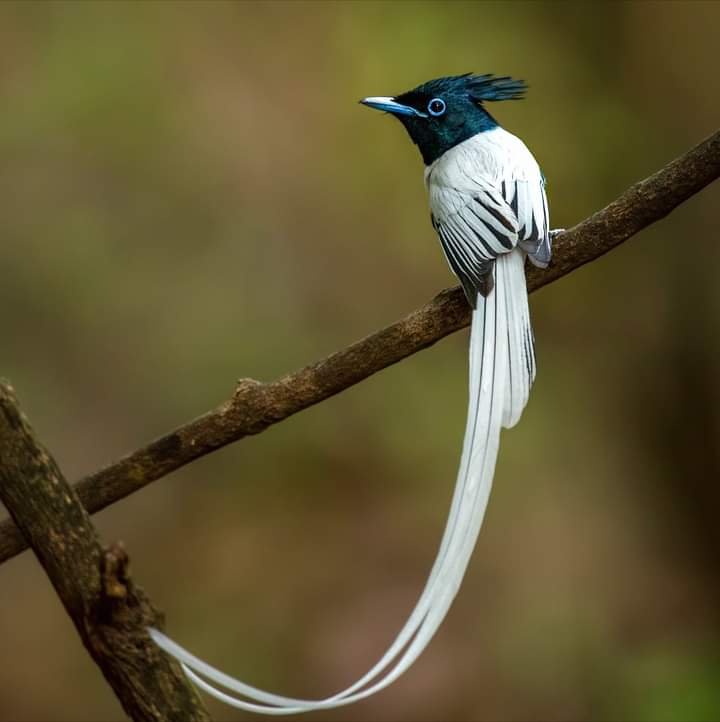
I have no words for this couple
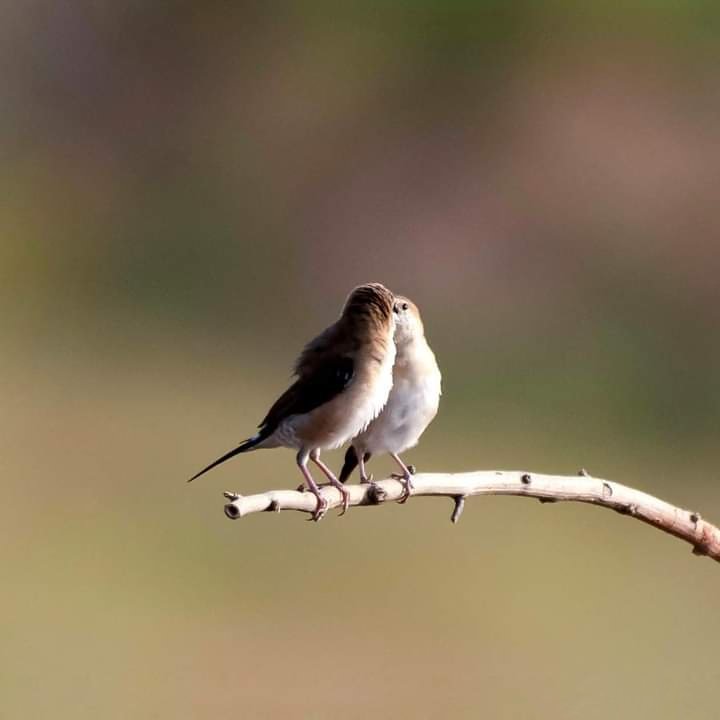
Thanks for having a look on post
Lovely birds. Would love to see them myself!